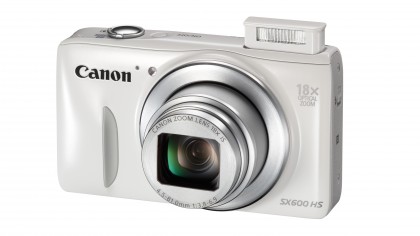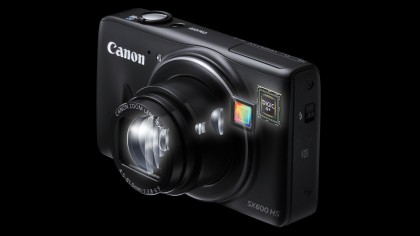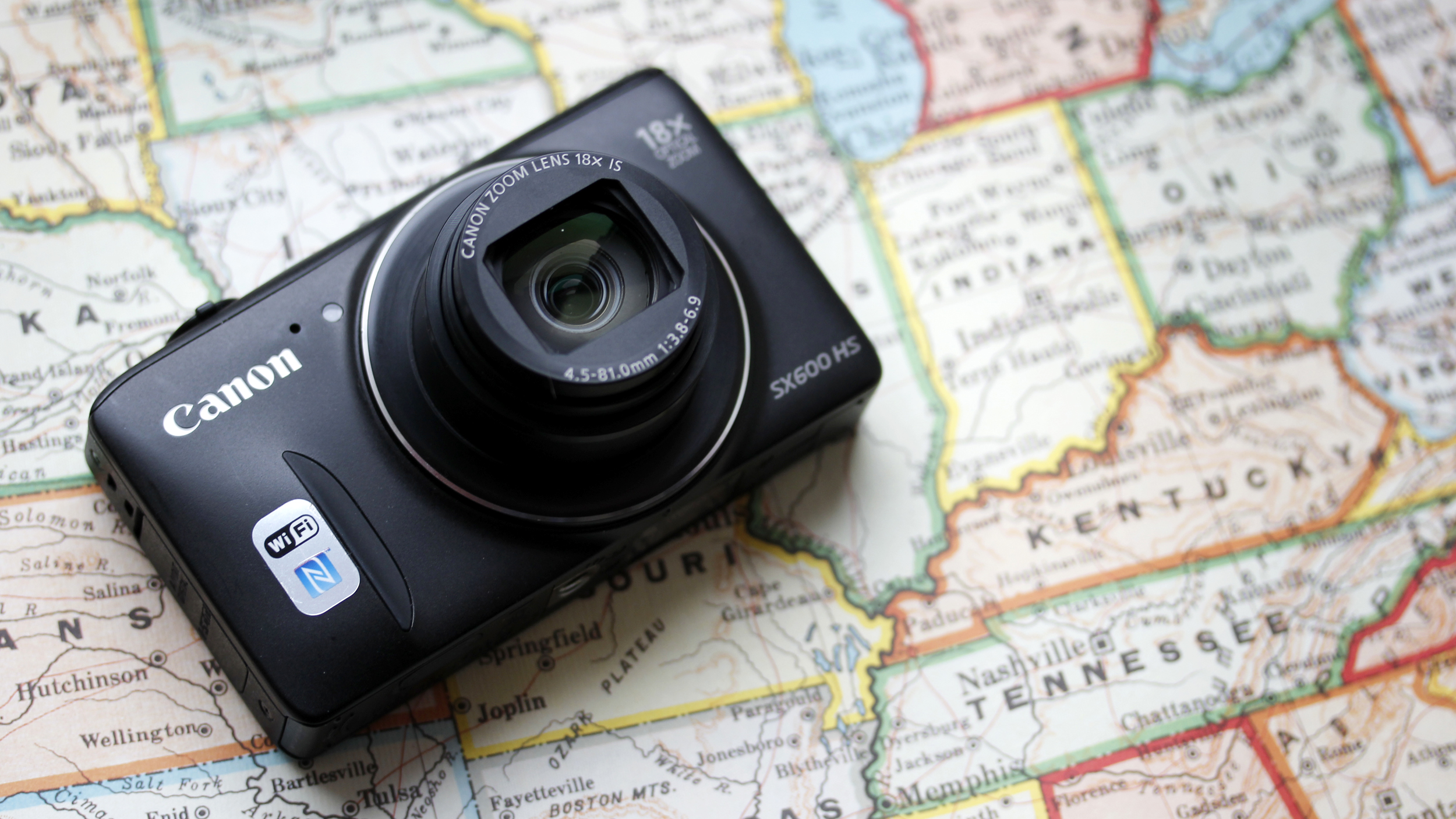Why you can trust TechRadar
We're usually impressed by the output of Canon cameras, compact or otherwise, so we were pretty much expecting good things from the SX600. Canon has once again produced a good all-round performer, which although not offering anything hugely exciting, does the job that it sets out to do.
Colours straight from the camera are bright and punchy, characterised by the typical warm tones of Canon cameras, without going over the top and producing overly saturated images.
Images from the 16 million-pixel sensor are well detailed. If you examine an image at 100%, you'll see examples of image smoothing, right the way through the sensitivity run. A painterly effect can be seen even at ISO 100, but at normal printing and web sizes, such as A3 or below, images give an overall good impression of detail.
At higher sensitivities, such as ISO 1000, examining images at 100% reveals a fair amount of noise, but it's not unusual for a camera at this price point, and again, a good impression of detail is given when viewing at normal printing and web sizes. Image quality begins to suffer when you head further up the ISO scale, but in scenarios where you can't use the flash, it's certainly better than not being able to get the shot at all.

This is the kind of camera that most people will use in fully automatic mode. Hybrid Auto does a good job of accurately assessing the scene to produce good images in the majority of conditions.
Generally, the camera's automatic metering system does a very good job of producing accurate exposures. We found we very rarely needed to alter exposure compensation to get a better balanced image. However if you're shooting a scene with very high contrast, you may find that altering the metering mode, or dialing in some exposure compensation is necessary – something that's easy to do when shooting in Program Auto mode.
The SX600's automatic white balance system does a good job of producing accurate colours. Under artificial lights, it generally manages to stay accurate and doesn't err too badly towards yellow or orange tones. If you are finding it it to be a problem though, you can change the white balance setting while shooting in Program Auto mode.

With a large zoom such as is found on the SX600HS, it is important that it performs well at the furthest reach of its lens. At 18x optical zoom, equivalent to 450mm in 35mm terms, optical image stabilisation does a reasonable job of helping to keep images blur free, although we would argue to not quite the same standard as Sony cameras are capable of.
Canon's Zoom Plus technology is also available, which is basically a form of digital zoom. This also does a reasonable job if you really need the extra reach, but again, we would say that Sony cameras generally perform better here.
The range of digital filters on the Canon SX600 is interesting, because some of its best are those that you can't control. If you shoot in Creative Mode, the camera will randomly apply different filters and crops to images, and while this is fun, it would be nice to be able to use some of the filters that you really like independently.
However, if you shoot in Program Auto, there are some different filters available to try. It's worth experimenting with them, but it's also worth noting that you won't have a standard version of the image should you decide you don't like the filter down the line. Our favourite of those available in Program Auto is Toy Camera, but Super Vivid is also good for when you want to boost contrast.
I found the autofocusing speeds are generally pretty good, especially when shooting in good light. When the light drops, it does take a little longer to focus, but it's not until light levels are very low that the camera really struggles. That's good news – there's an AF illumination light to help with those kind of scenarios too.
Macro focusing can be activated when you want to shoot close-up, but we found on occasion that the camera gave a false positive focus: when looking back at the image later on a computer screen, it hadn't quite managed to focus correctly.
Amy has been writing about cameras, photography and associated tech since 2009. Amy was once part of the photography testing team for Future Publishing working across TechRadar, Digital Camera, PhotoPlus, N Photo and Photography Week. For her photography, she has won awards and has been exhibited. She often partakes in unusual projects - including one intense year where she used a different camera every single day. Amy is currently the Features Editor at Amateur Photographer magazine, and in her increasingly little spare time works across a number of high-profile publications including Wired, Stuff, Digital Camera World, Expert Reviews, and just a little off-tangent, PetsRadar.

